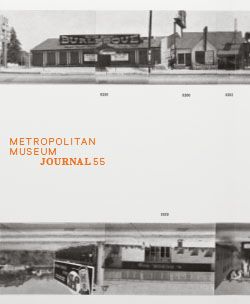Pianoforte Guittar (Keyed cittern/English guittar)
Christian Claus German
Not on view
The English guittar [sic] was a six-course wire-strung cittern, most popular in Britain in the second half of the eighteenth century. Christian Claus was the first patent holder for the "pianoforte guittar", an invention which integrated a piano hammer mechanism into the body of the cittern. This novel instrument enjoyed tremendous popularity in the 1780s, but in 1789 Claus left London for New York (fleeing his creditors) and his competitors also ceased making them at around this time. There are a few pianoforte guittars by Claus that were made in New York.
This instrument is an excellent example of Claus’s instruments and includes multiple features from his 1783 patent. Namely the "harp stop", built into the bridge, which could slide into contact with the strings immediately next to the saddle and would mute the sound and removed higher partials, making it sound more like a harp.
(Daniel Wheeldon, 2023)
Due to rights restrictions, this image cannot be enlarged, viewed at full screen, or downloaded.
This artwork is meant to be viewed from right to left. Scroll left to view more.




